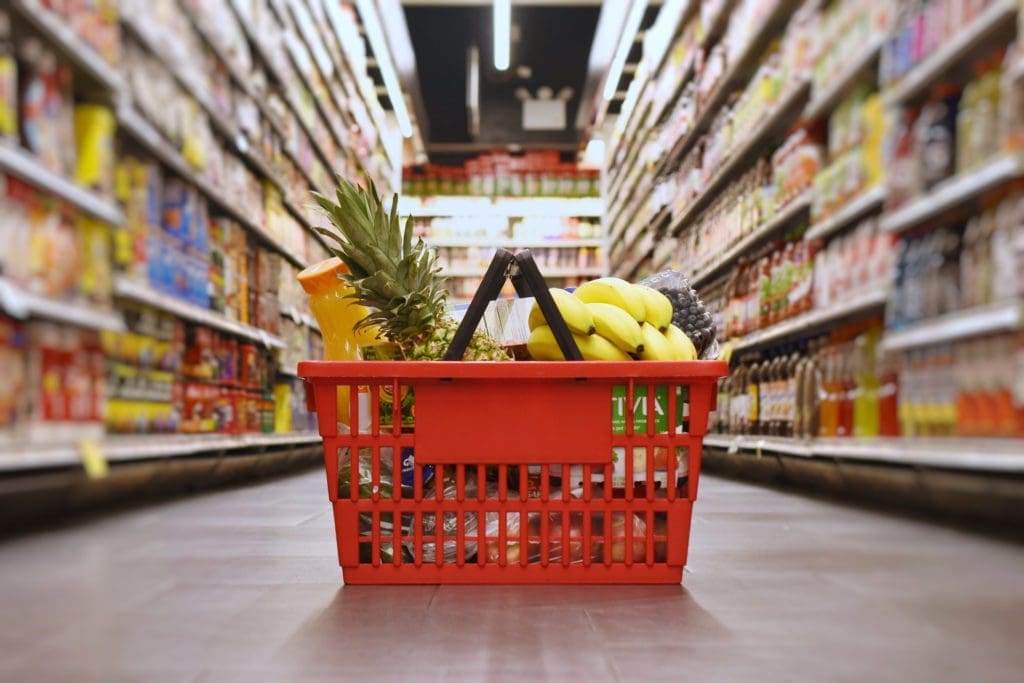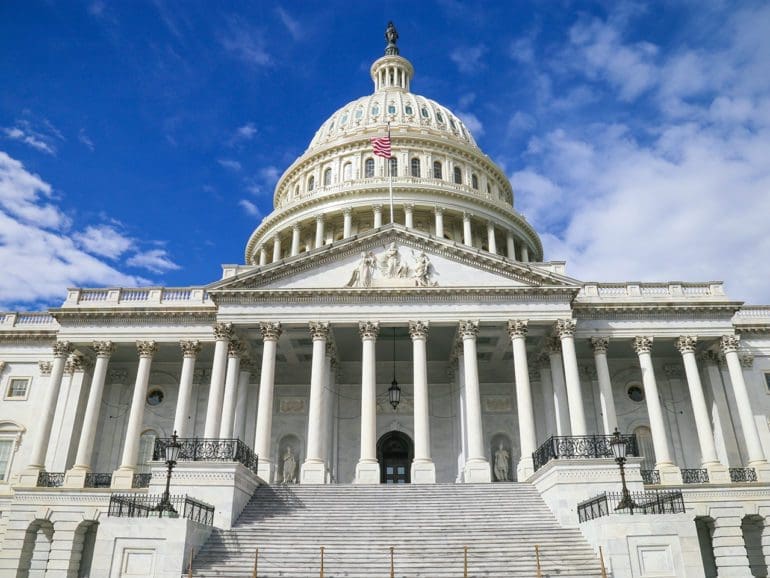Debt, inflation, and worries that the US dollar would crash spiked up in the news last week.
This time around, on the premise that Congress has set an arbitrary ceiling to the amount of debt the Treasury can take on to fund Congress’s spending.
Instead of just raising the debt ceiling, Congress argued over whose fault it was before agreeing to raise the ceiling, at least temporarily.
One trillion dollars
One curious solution to the problem that wouldn’t involve Congress: have the Treasury mint a trillion-dollar platinum coin and hand it to the government. It’s perfectly legal because the Treasury has no limit on the amount or value of platinum coins they are allowed to mint, much like they have no limit set on the amount or value of coins made out of wood.
Again, the ceiling only sets how much the government can borrow, not how much it spends — Congress does that separately. So after the past two years where they added $6 trillion to the national debt, members of the government, like Treasury head Janet Yellen, were getting worried. She believed if Congress did not suspend or raise the debt limit by Oct. 18, the Treasury would have to take drastic measures to get back.
The ceiling is an arbitrary number that raised 17 times between 2001 and 2019 and was suspended three times during the Trump presidency alone as taxes lowered and the debt piled on. They set the past limit around $22 trillion, but the government is currently indebted to the tune of $28 trillion.
No one knows what will happen if they reach the ceiling, but many believe it can only mean recession and calamity in all forms. The idea is a decade old, thought up in 2012 when the world faced a different (and comparatively adorable $16 trillion) debt crisis.
Back then, the Treasury said what we were all thinking: no.
But today, who knows what will happen. Minting a trillion-dollar coin may help in theory, but many are worried it can only mean more inflation besides creating an idyllic goal for heist movies.
Regardless of how this debt crisis is solved last minute, like every other time, there is a debt crisis; most economists agree inflation is nonetheless on the way.
Nerd time: What is inflation? How to survive an inflation attack?
Inflation is generally accepted to mean the rise in the price level of an economy over time. It’s a natural way of life, but when it’s terrible, like in Venezuela, bread costs wheel barrels of cash. So how do we keep it in check?
Economists at the Bureau of Labor Statistics (BLS) calculate the best inflation indicator called the Consumer Price Index. Economist Steve Reed from the BLS explained that 400 Bureau economists go out across the country to survey consumers and merchants every month, compiling and maintaining a list of more than 80,000 goods.
“And so there’s a lot to that, as you can imagine. One thing we need is a sample of outlets,” Reed said. “That’s now done as part of the Consumer Expenditure Survey to we’re asking people where they buy stuff, And basically, the more popular a particular store is, the greater the chance it has of being selected to be in the CPI sample.”

Everything from bread and milk to the natural gas that heats American homes is recorded: Who makes it, who buys it, and how much it costs. In addition, the BLS keeps track of our tastes; a probability model analyzes the popular brands and products Americans consume. This model is known as the Basket of Goods and represents the consumption habits of up to 93 percent of all Americans. Economics majors, try to control your excitement at the mention of this mysterious metric.
Using beer as an example, Reed said it would be too much to ask Americans to report back the price of beer at the supermarket; there would be too many sizes, amounts, and brands. So instead, the BLS works with merchants, determining what brands sell the best and work those options into the model.
We have to keep going through that until we land on a specific item. And maybe it’s a case of Miller Lite, or something like that,” Reed said. “So we’re doing this, at different outlets in the country: we’re pricing beer until our beer sample as a whole will contain the many different brands and sizes and varieties and so forth.”
Before long, the BLS has a good picture of the beer buying habits of all Americans. Then, they can begin to compare pricing and see month over month, year over year, how the prices change. Within the listing for every six months, one-eighth of the popular items are rotated out and tested to keep the sample up to date.
Pandemic pricing
Especially during the pandemic, the CPI has been a worry point for the financial-minded, or everyone. It has also been a pivot point for the BLS, as Reed said a lot of the work had been in-person meetings and site visits that went work-from-home.
“Well, so we had a pivot very quickly when the pandemic hits, we had to figure out a way to collect as many of our prices of things in our sample as we could, without in-person,” Reed said.
“I mean, we couldn’t do that perfectly. It did reduce what we call a response rate and reduce the proportion of things that are sampled successfully to add prices, for instance, grocery stores, or major grocery store chains as some sort of online presence where we could collect an online price.”
He made it clear that the BLS are record keepers, cogs in the machine that keeps commerce going. Commenting on CPI results, mentioning specific brands or products of the records, and engaging in anything political is not what the BLS does, Reed said.
“We are a measurement agency. It’s not our job, necessarily, to make policy or to decide how worried we should be about inflation.”
However, he would admit the pandemic brought changes to consumer goods. For example, he said there was a ramp-up of delivery purchases initially, and prices for in-store items suddenly lost meaning when they were more expensive the following week for at-home delivery.
“In some cases, though, that price might actually be different than the in-store price that we’re comparing it to, but actually, if you notice right when the pandemic hit, there’s sort of a bump in food and in home prices.”
Reopening fire sale?
Now that the country is reopening again, prices are going haywire. Used cars are popping off, and regular consumer goods are crazy when compared year to date with the lockdown. Reed hesitantly commented that if you keep in mind the macroeconomic effects of the pandemic, it makes sense why prices would rise right now.
“We have this pandemic that interrupted both supply and demand, right? Interfered with the production of a lot of things, and it kept people from buying stuff,” Reed said.
“We sort of emerged from the pandemic and returned to some degree of normalcy. I think part of what’s happened is; demand has increased: people are buying stuff again, and they have pent up demand in some cases. But the supply chain interruptions that happened during the pandemic are still in effect.”
Using the topical high prices for used cars as an example, he expressed that many categories of goods were seeing a rebound in demand but faced ongoing supply chain issues.
“Cars as a very clear example: The channels that feed cars into the used car market were definitely disrupted during the pandemic, “
“And then so that demand sort of surged: we had unprecedented increases in used cars, and to a lesser extent that’s probably happened in a lot of categories.”
That translates in the CPI to higher prices for the same goods today, compared to last year. Many argue this means prices are inflating, and the dollar is dropping in value. Though Reed can’t comment, it is clear that simple price changes may not be the nail in the dollar’s coffin.
We were stuck inside a year ago; no wonder in-person prices for cars and food are up now. People are going out and buying things.
Reed also refused to comment on next month’s numbers.
“I am certainly not allowed to give you that; I wouldn’t be working here much longer if I did.”
So much for buying low on groceries.


